The Graphic Arts division holds a scrapbook of early paper photography compiled by the British optician and amateur photographer, Richard Willats. After several years of work by many staff members, the entire scrapbook has been digitized and is available for public view at http://diglib.princeton.edu/
xquery?xq=getCollection&xsl=collection
&_pid=gc131willats
In the early 1840s, T. & R. Willats was one of the leading scientific instrument makers in London, specializing in barometers, thermometers, and telescopes. It was also one of only two companies supplying photographic chemistry and equipment to the amateur practitioners of the day. Opticians (and brothers?) Thomas and Richard Willats had shops at 98 Cheapside (1840s-50), 28 Ironmonger Lane (1851-56), and 2 Church Lane, Homerton (1857-60).
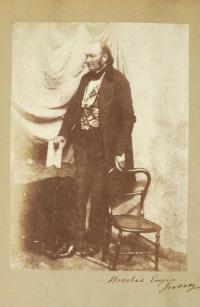
Sir John Herschel; Horne, Thornewaite, & Wood; John Johnston; Negretti & Zambra; Nicholson; T. S. Redman; J. Sherrington; G. Wharton Simpson; Thomas Sutton; William Harding Warner; Richard Willats; and Walter Bentley Woodbury.
These photographs include portraits, architectural scenes, and events of the day, such as the collapsed Fleet Street Sewer and of the destroyed Underground Railway Works. Geographic locations in these images include London, Paris, Holland, and Japan. One print, by an unidentified photographer, is captioned “The first photograph taken from a negative on glass.”
Many of these men were leading practitioners of early paper photography. Robert Bingham was the author of his own manuals including Photogenic Manipulation. Part I: Containing the Theory and Plain Instructions in the Art of Photography, or the Production of Pictures through the Agency of Light…. 4th ed. (London: George Knight and Sons, [1847]) and The Collodion Process: being a supplement to Part I of Photogenic Manipulation (London: G. Knight and Sons, [1852]).
Sir John Herschel was a scientist, chemist, and astronomer. Herschel discovered the chemistry for a fixing agent or “hypo”, and then in 1839, invented a photographic process using sensitized paper. Herschel coined the use of the terms “photography,” “positive,” and “negative.”
Joseph Cundall was a leading book binder and publisher, known for his handsome illustrated children’s books. He also experimented with early paper photography.
Opticians Henry Negretti and Joseph Warren Zambra formed a scientific instrument company, Negretti & Zambra, in 1850. They also printed and published photographs using various early processes.
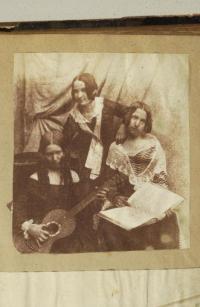
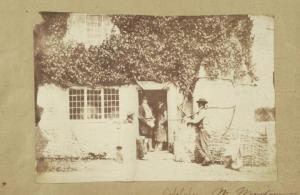
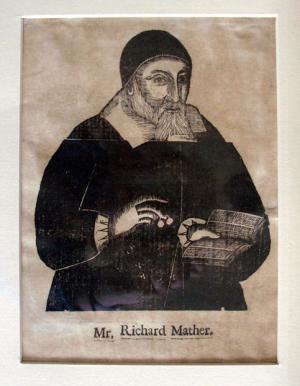


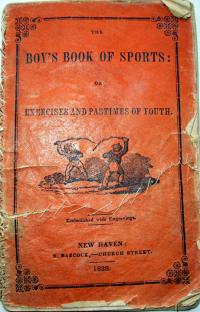
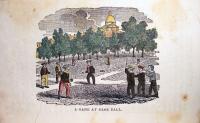
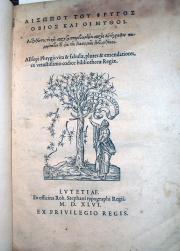
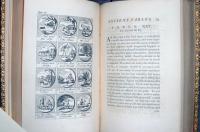
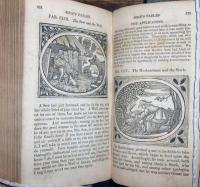
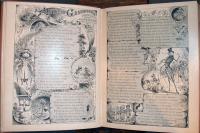
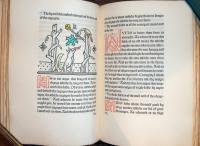
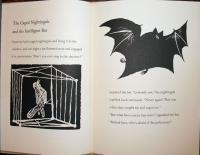
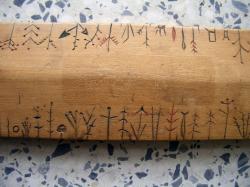

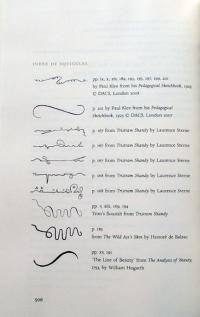
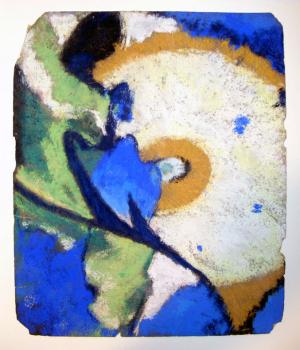
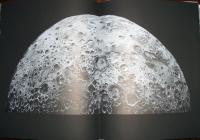
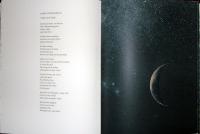

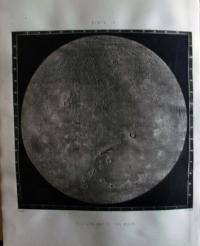
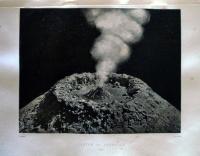
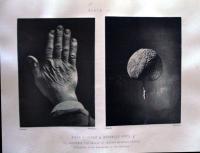
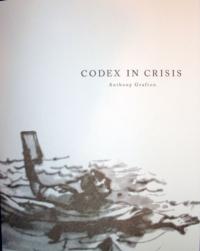
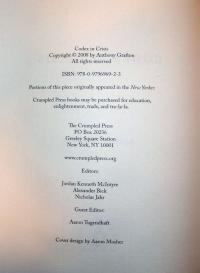

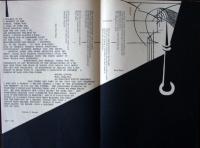

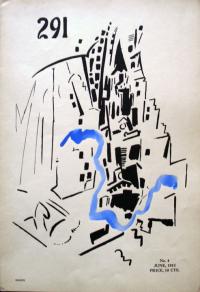

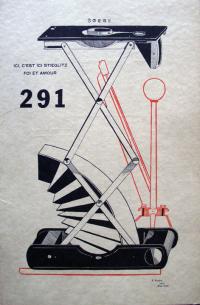
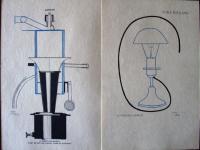
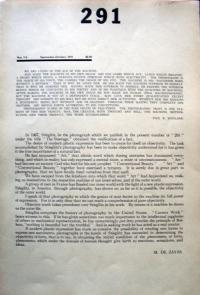
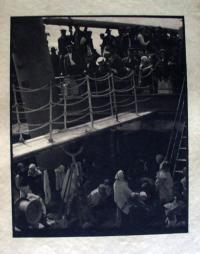

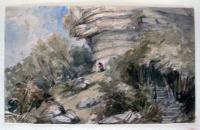
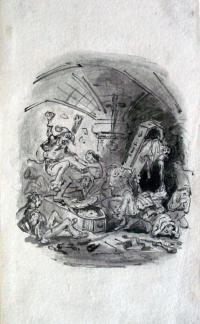
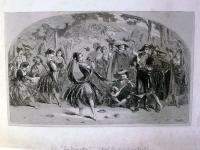
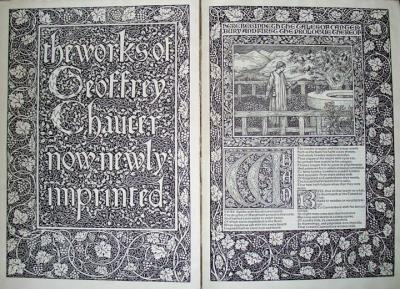
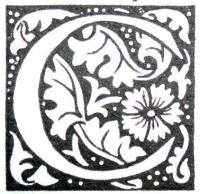
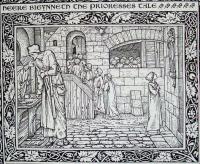

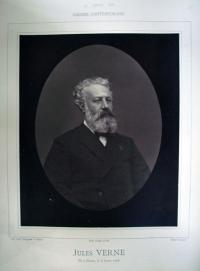
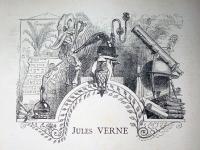
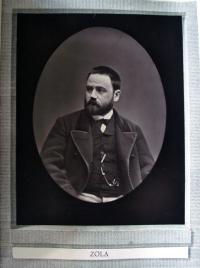
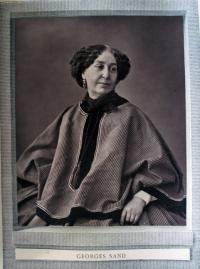
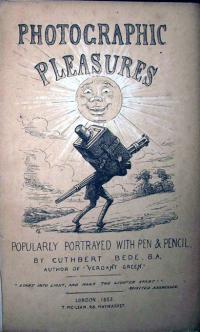
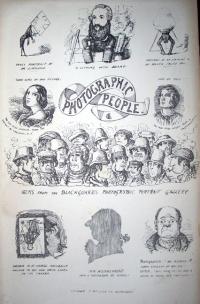
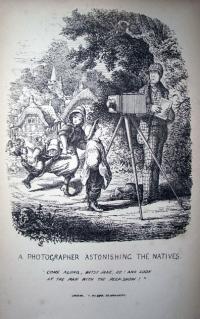
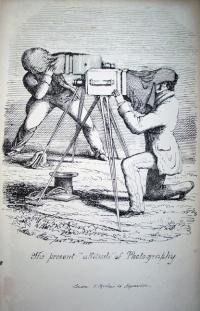
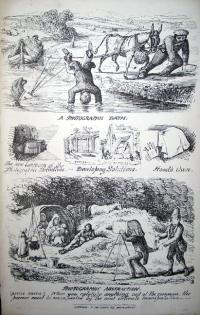

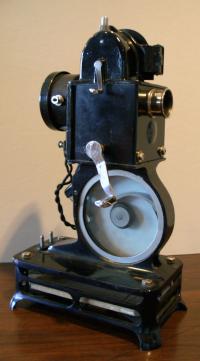
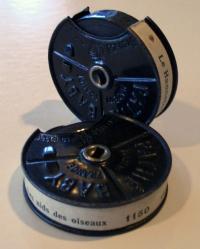
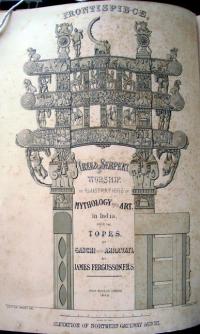
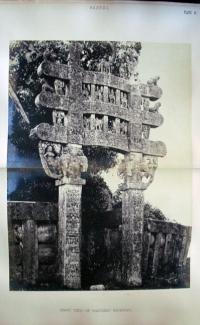
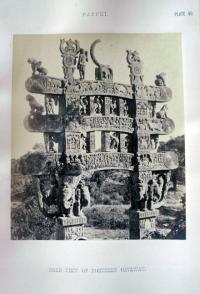

Recent Comments